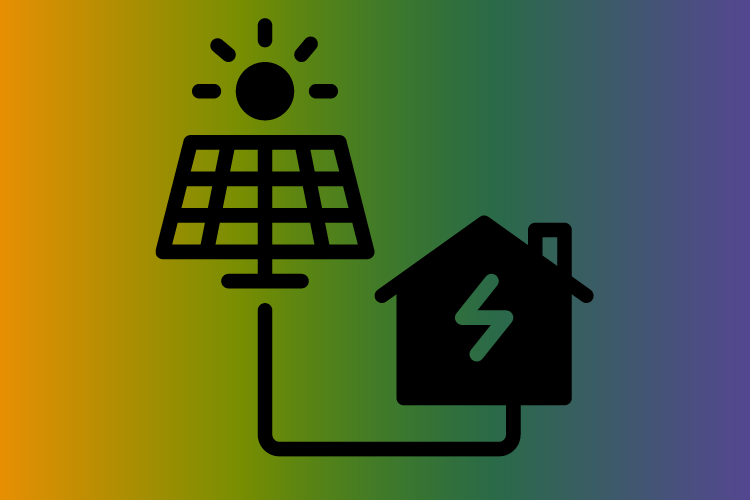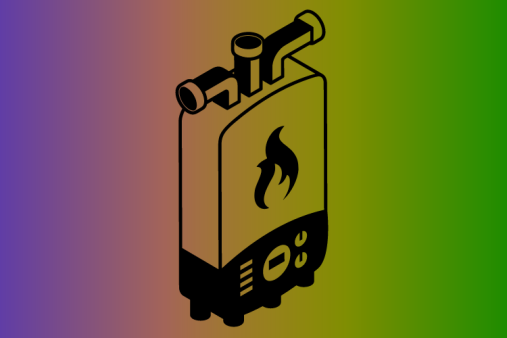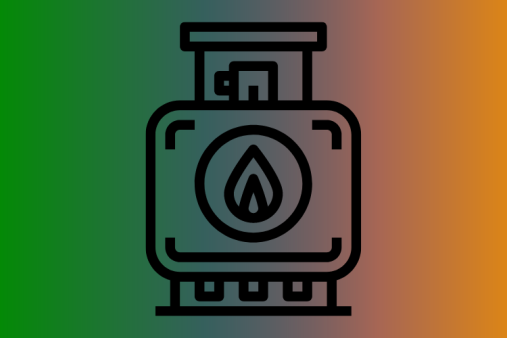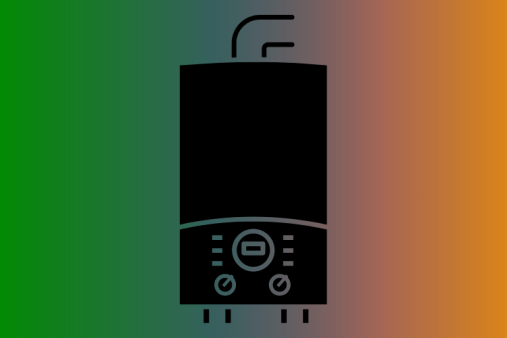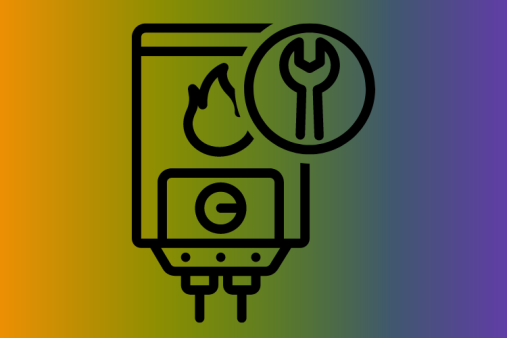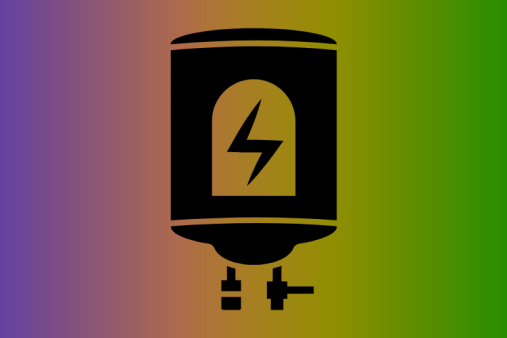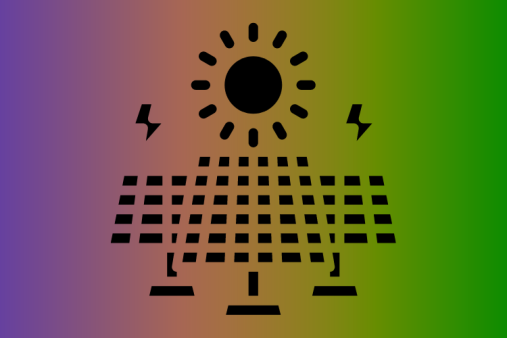Solar panels work by harnessing the energy of the sun and converting it into usable electricity. Here's how it works:
-
Photovoltaic cells: Solar panels are made up of photovoltaic (PV) cells, which are made of silicon and other materials. These cells absorb the energy from sunlight and convert it into direct current (DC) electricity.
-
Inverter: The DC electricity generated by the PV cells is sent to an inverter, which converts it into alternating current (AC) electricity that can be used to power homes and businesses.
-
Electrical panel: The AC electricity is sent to an electrical panel, where it can be distributed to various appliances and devices in the building.
-
Net meter: If the solar panel system generates more electricity than is needed, the excess can be sent back to the grid and credited to the building's energy bill through a process called net metering.
Overall, solar panels work by converting the energy from sunlight into usable electricity, which can help to reduce dependence on fossil fuels and lower carbon emissions.
More information on photovoltaic cells
Photovoltaic (PV) cells, also known as solar cells, are electronic devices that convert sunlight into electricity. They are made of semiconducting materials such as silicon, and are the building blocks of solar panels.
When sunlight strikes a PV cell, it excites the electrons in the material, causing them to move and generate an electric current. This current is direct current (DC), which can be converted into alternating current (AC) using an inverter for use in homes and businesses.
PV cells come in different types, including monocrystalline, polycrystalline, and thin-film. Monocrystalline cells are made from a single crystal of silicon and are highly efficient, but also more expensive. Polycrystalline cells are made from multiple crystals of silicon and are less expensive but slightly less efficient. Thin-film cells are made from layers of different materials and are the least expensive but also the least efficient.
Overall, PV cells are a key technology in the production of solar energy and are used in a variety of applications, from small portable devices to large-scale solar power plants.
More about inverters
In solar technology, an inverter is an electronic device that converts the direct current (DC) electricity generated by photovoltaic (PV) cells in a solar panel system into alternating current (AC) electricity that can be used to power homes and businesses.
The reason an inverter is needed is that most appliances and devices in buildings require AC electricity to function. The inverter takes the DC electricity generated by the PV cells and converts it into AC electricity that can be used to power lights, appliances, and other devices.
Inverters come in different types, including string inverters, microinverters, and power optimizers. String inverters are the most common and are typically installed with a group of solar panels. Microinverters and power optimizers are newer technologies that are installed on each individual panel and can help to improve the efficiency and performance of a solar panel system.
Overall, the inverter is a critical component of a solar panel system, as it helps to convert the DC electricity generated by the PV cells into AC electricity that can be used to power homes and businesses.
More about the electrical panel
In solar technology, the electrical panel is a device that manages the flow of electricity from the solar panel system to the appliances and devices in a building. Here's how it works:
-
AC electricity: After the inverter converts the direct current (DC) electricity generated by the photovoltaic (PV) cells into alternating current (AC) electricity, the AC electricity is sent to the electrical panel.
-
Distribution: The electrical panel distributes the AC electricity to the various circuits in the building that need power, such as lights, appliances, and outlets.
-
Circuit breakers: The electrical panel also contains circuit breakers that protect the circuits and devices from overloading and overheating.
-
Monitoring: Some electrical panels may also include monitoring capabilities that allow you to track the performance of the solar panel system and monitor energy consumption.
Overall, the electrical panel plays a crucial role in the function of a solar panel system by distributing the AC electricity generated by the PV cells to the various circuits in a building and protecting against electrical overloads and faults.
More about the net meter
In solar technology, a net meter is a device that measures the amount of electricity generated by a solar panel system and the amount of electricity consumed by a building.
When the solar panels produce more electricity than the building is currently using, the excess electricity is sent back to the electrical grid through the net meter. The net meter measures the amount of excess electricity that is sent back to the grid, and the building owner is credited for that amount of electricity on their utility bill.
When the building is using more electricity than the solar panels are producing, the net meter measures the additional amount of electricity needed from the grid, and the building owner is charged for that amount on their utility bill.
Overall, the net meter is an important component of a solar panel system as it allows building owners to take advantage of net metering programs and receive credits for excess electricity produced by their solar panels.
